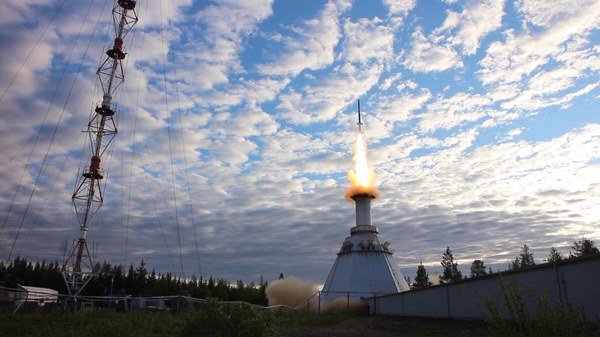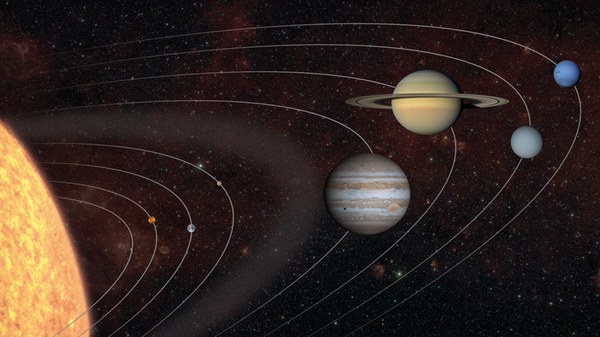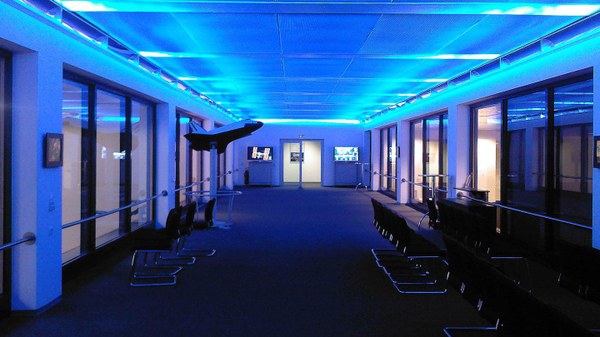Rosetta
The mission consisted of the Rosetta orbiter and the Philae lander. The probes were launched on 2 March 2004, travelled 6.4 billion kilometres in 10 years and, with the help of a few planet swing-bys, arrived at Comet 67P/Churyumov-Gerasimenko on 6 August 2014.
DLR played a major role in the construction of the lander and operated the Lander Control Center (LCC), from where the difficult task of landing on the comet on 12 November 2014 – a feat never before accomplished – was designed and controlled. On 27 July 2016, after almost two years of cometary exploration, the communications unit on board the Rosetta orbiter (which it used to communicate with the Philae lander) was switched off. On 30 September 2016, the operational part of the mission came to an official end, with the orbiter's controlled descent.
News
Images


ESA–C. Carreau/ATG medialab.

ESA/Rosetta/MPS for OSIRIS Team MPS/UPD/LAM/IAA/SSO/INTA/UPM/DASP/IDA.
Videos
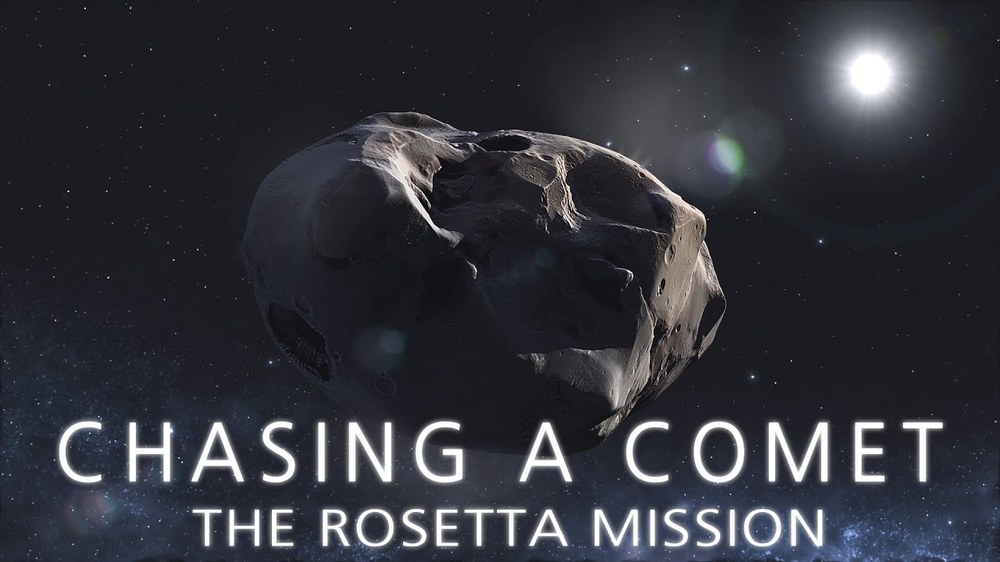
Your consent to the storage of data ('cookies') is required for the playback of this video on Quickchannel.com. You can view and change your current data storage settings at any time under privacy.
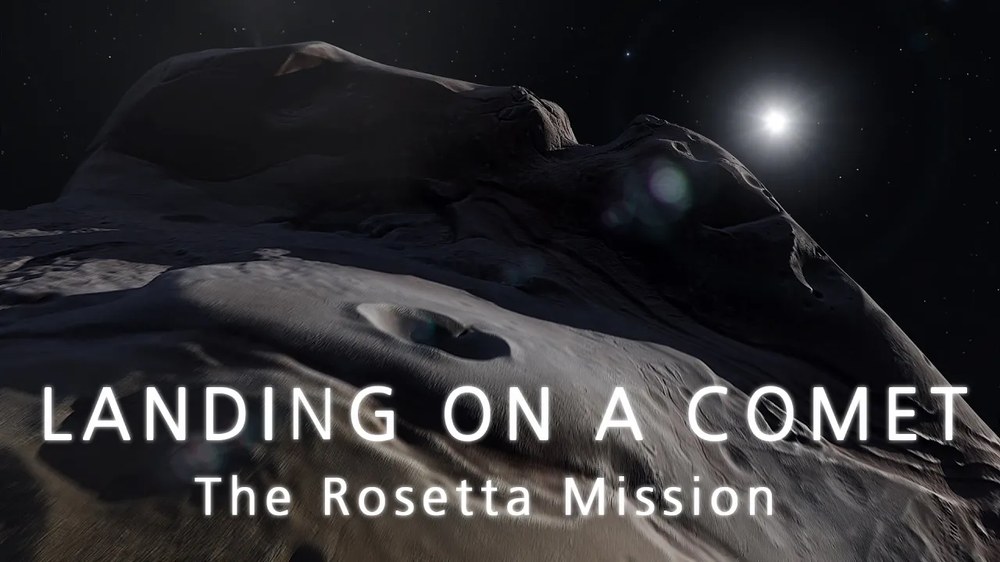
Your consent to the storage of data ('cookies') is required for the playback of this video on Youtube.com. You can view and change your current data storage settings at any time under privacy.

Your consent to the storage of data ('cookies') is required for the playback of this video on Youtube.com. You can view and change your current data storage settings at any time under privacy.













